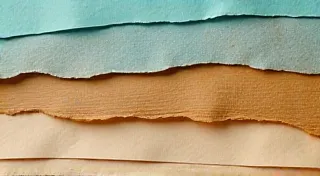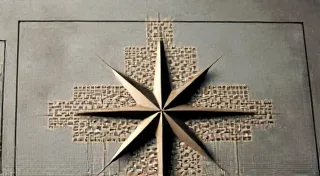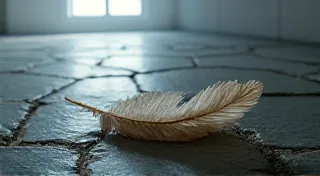The Poet's Pendulum: Finding Inspiration in the Rhythms of Antique Clocks
There’s a certain magic woven into the silence that isn’s truly silence at all. It's the space cradled by the steady, comforting tick-tock of an antique clock. More than a mere measure of passing time, these relics whisper tales of generations past, of lives lived and moments cherished. They’re tangible connections to history, and for many of us, a surprising source of creative inspiration. I’m not talking about the frantic scramble of a digital alarm, but the measured grace of a pendulum finding its rhythm—a rhythm that can quiet the mind and unlock a wellspring of ideas.
My own fascination began with my grandfather. He was a man of few words, a carpenter by trade, and a collector of overlooked treasures. His workshop wasn’t filled with power tools and flashing lights; it was a sanctuary of aged wood, cast iron, and the quiet hum of antique clocks. I’m not sure he's ever articulated why he collected them, but the look in his eyes when he'd carefully wind the mainspring of a grandfather clock, the deliberate precision of his movements—it was a reverence, a connection to something deeper than mere mechanics.
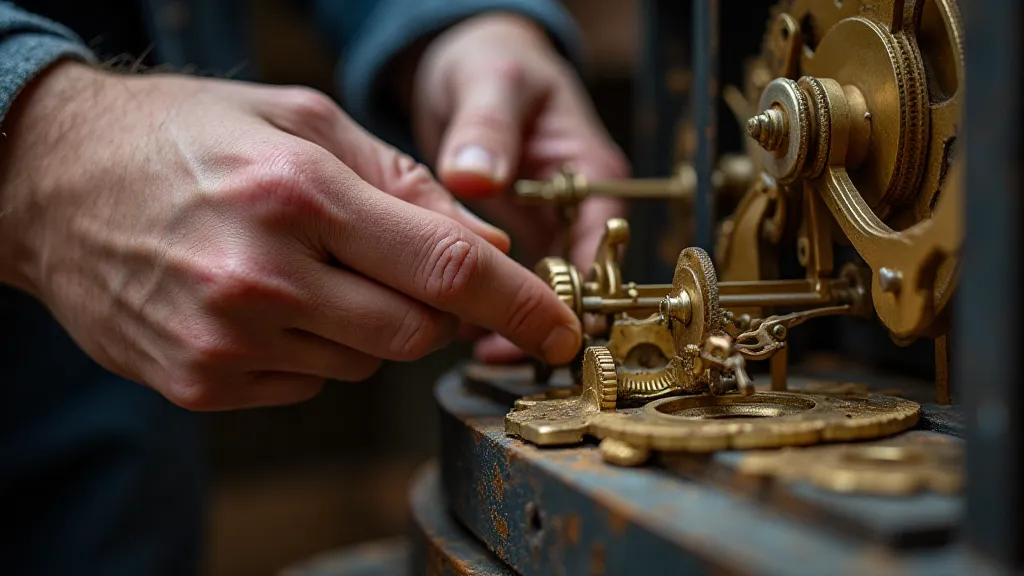
A History Etched in Time
Antique clocks, encompassing grandfather clocks, mantel clocks, carriage clocks, and many more, have a rich and fascinating history. The earliest mechanical clocks emerged in Europe during the 14th century, initially enormous structures housed in towers, marking time for entire communities. The development of the pendulum in the 17th century, thanks to Christiaan Huygens, revolutionized timekeeping, increasing accuracy dramatically and paving the way for the more compact and accessible clocks we recognize today. The sheer intricacy of these early mechanisms, and the evolution to the dependable timekeeping we now benefit from, is a testament to human ingenuity. For those truly interested in the mechanics behind these beauties, exploring the quiet language of escapements reveals the heart of the matter.
The 18th and 19th centuries witnessed a golden age of clockmaking, with skilled artisans producing exquisitely crafted pieces that blended functionality with artistry. The Industrial Revolution brought mass production, but the truly exceptional antique clocks remain testaments to the dedication and skill of individual craftsmen. But beyond mere functionality, the significance of time itself has been imbued with profound meaning. Exploring how the symbolism of time informs antique clock design provides a fascinating glimpse into the values and beliefs of the eras they represent – a subject eloquently explored in more than minutes.
Think of the elegance of a French Empire mantel clock, adorned with intricate marquetry and gilded accents, or the sturdy reliability of an American black forest cuckoo clock. Each style reflects its era, its culture, its technological advancements. They're not just timepieces; they're miniature works of art, imbued with the values and aspirations of those who created and used them. Collecting antique clocks isn’t just about acquiring objects; it’s about collecting stories, connecting with the past, and appreciating the enduring power of human ingenuity.
The Language of Rhythm
But beyond the historical significance and the craftsmanship, there's something almost visceral about the rhythm of an antique clock. That steady, unwavering beat—tick…tock…tick…tock—it’s a metronome for the soul. In a world saturated with noise and distraction, it offers a sanctuary of order and predictability. It’s a constant reminder of the passage of time, yes, but also a grounding force, an anchor in the present moment.
For a writer like myself, the ticking clock often becomes a catalyst for creativity. It’s a counterpoint to the chaos of the blank page, a gentle nudge to focus and find the flow. I'm not consciously thinking "I need to write something that matches the rhythm of this clock," but there's an undeniable influence. The precision of the mechanism seeps into my thought processes, encouraging clarity and structure. The patience required to observe the pendulum’s graceful swing teaches me the value of perseverance. It's a lesson in slowing down and appreciating the beauty of the process. The deliberate act of restoring these clocks can often reveal the stories they hold within, sometimes, even hinting at gears and ghosts from a bygone era.
The Gentle Art of Restoration
Of course, antique clocks, like all treasured possessions, often require care and attention. The art of clock restoration is a delicate balance between preservation and repair. It’s about understanding the original design, respecting the history of the piece, and intervening only when necessary. It’s not about making something look new; it’s about restoring its functionality and preserving its character. The meticulous work involved often requires understanding how to deal with imperfections, like cracks or chips in the clock's facade, to ensure it maintains its historical integrity. The beauty of restoration often lies not just in revitalizing the clock, but also in uncovering the echoes of its past - a process that can often be touched by the alchemy of rust, where decay itself reveals the passage of time and the stories held within.
I’ve dabbled in minor restoration myself, mostly cleaning and lubrication. It’s a deeply satisfying process, a tactile connection to the clock's history. Just carefully disassembling the mechanism, observing the intricate workings, and cleaning away years of grime – it’s a meditative act. Each gear, each lever, each spring tells a story. And seeing that clock, dormant for years, come back to life – that’s a profoundly rewarding experience. It's a reminder that even things that seem broken can be mended, that beauty can be rediscovered.
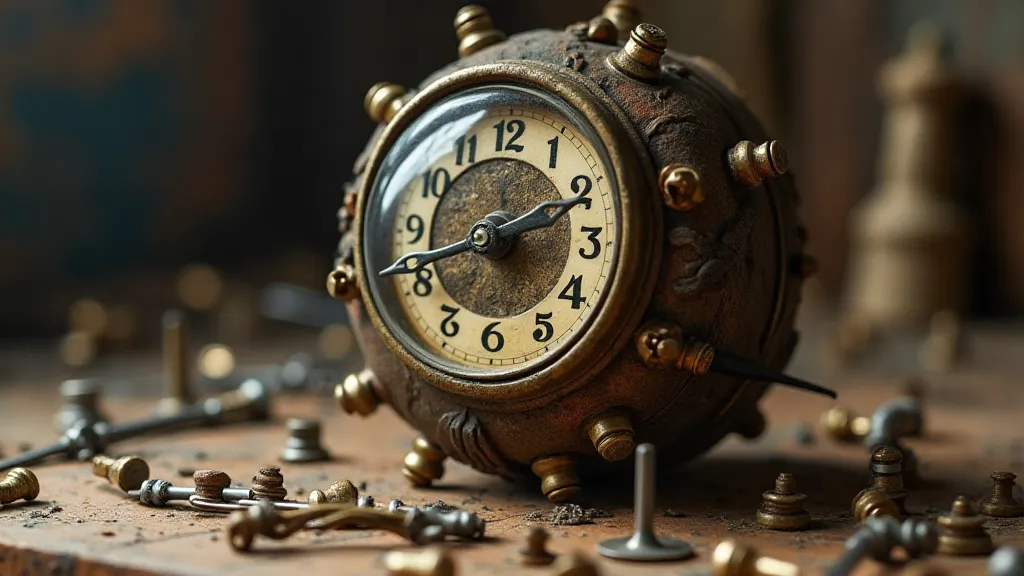
Collecting – More Than Just Acquiring
While I’m not a dedicated collector in the traditional sense, I deeply appreciate the passion and dedication of those who are. True clock collecting isn’t about hoarding objects; it’s about curating a history, connecting with a community, and sharing the beauty of these remarkable creations. It’s about understanding not just the mechanics of the clock, but the cultural context in which it was made, the stories it represents. The thrill of discovering a neglected timepiece—often through sheer luck—can unlock fascinating narratives waiting to be unearthed – a testament to the serendipitous nature of collecting as explored in serendipity's tick.
The thrill of the hunt, of finding a neglected clock at an estate sale or antique shop, is a small part of it. But the real satisfaction comes from researching its origins, understanding its significance, and bringing it back to life. It’s a testament to the enduring power of craftsmanship and the importance of preserving our heritage.
Beyond the Dial: The Artistry of Antique Clock Hands
Even the small details, like the clock hands, contribute to the overall aesthetic and functionality. The shapes, materials, and craftsmanship of these seemingly minor components can reveal much about the clock's origin and the skill of its maker. Beyond the mechanics and historical context, there’s a beauty in observing the delicate artistry of those clock hands, often crafted with remarkable precision and care. The varying designs often speak volumes about the period in which they were created – adding another layer of appreciation for collectors and enthusiasts alike. Their style, often overlooked, can be as telling as the clock's overall design, further enriching the story each timepiece holds.
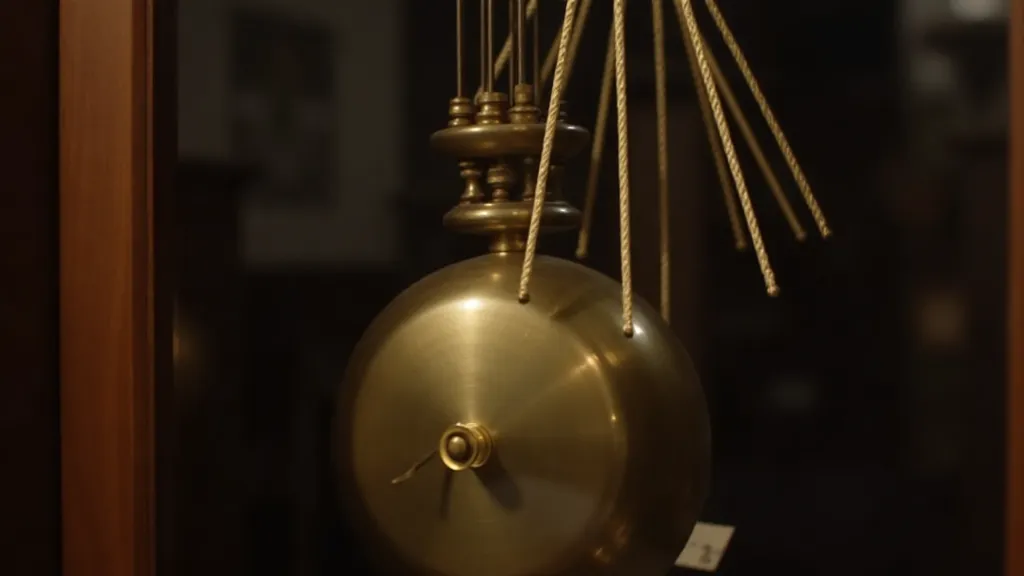
Finding Your Own Rhythm
Whether you’re a seasoned collector, a budding restorer, or simply someone seeking a moment of tranquility, I encourage you to find your own connection to the rhythmic world of antique clocks. Listen to the ticking, observe the swinging, and let the steady beat guide you to a place of inspiration and peace. They are more than just timekeeping devices; they are living testaments to the enduring power of human creativity and ingenuity—and often, the key to unlocking your own inner poet. The captivating allure of these timepieces lies not just in their ability to measure time, but in their capacity to transport us to a simpler, more deliberate era. Their enduring appeal resides in the inherent beauty and inherent stories they whisper, offering a connection to a bygone era and a refuge from the frenetic pace of modern life.



